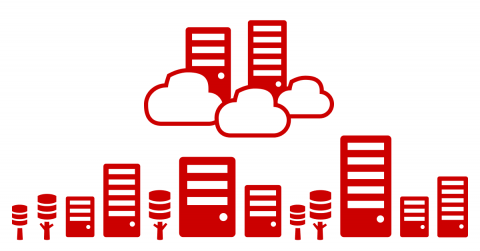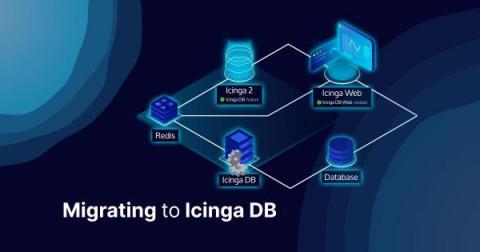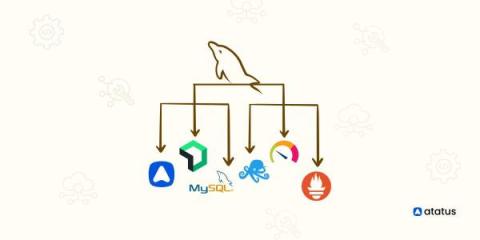Using GitOps for Databases
In our previous article about Database migrations we explained why you should treat your databases with the same respect as your application source code. Database migrations should be fully automated and handled in a similar manner to applications (including history, rollbacks, traceability etc).











